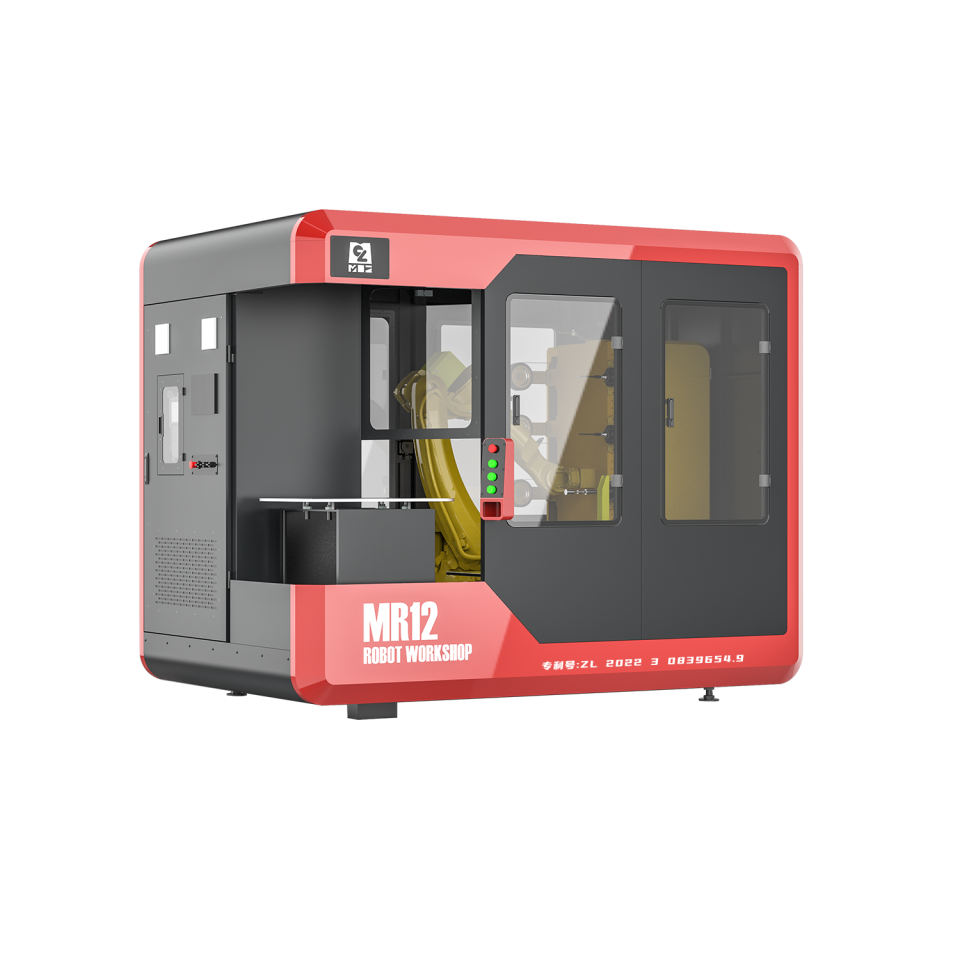Post-holiday resumption of work: Precautions before starting the robot deburring workstation
Release time:
2025/02/19
The Spring Festival and Lantern Festival have passed, the sound of firecrackers fading into the distance. The holiday is over, and everyone has returned to their posts, refreshed and ready to dedicate themselves to the new year's endeavors.
In the workshop, while many processes have been automated, restarting after a long holiday inevitably leads to minor issues. Here, using a robotic polishing deburring workstation as an example, we'll share some equipment startup precautions.

1. Equipment Inspection and Maintenance: Before starting, thoroughly inspect and maintain the polishing equipment. Check for damaged, worn, or loose components, such as grinding wheels, belts, and bearings. Replace or repair any problematic parts immediately. Also, clean the equipment, removing dust and debris, to ensure proper operation.
2. Safety Protection Equipment: Ensure the polishing equipment is fitted with adequate safety equipment and that it functions correctly, such as safety doors and dust removal equipment. This equipment protects operators from flying abrasive materials or debris.
3. Electrical Safety: Check that the equipment's electrical wiring and sockets are intact to prevent electrical faults. Replace any damaged or aged wires promptly. Ensure the equipment is properly grounded to prevent electric shock.
4. Operator Training: Provide necessary training to all operators, ensuring familiarity with the correct operation and safety procedures for the polishing equipment. Untrained personnel must not operate the equipment.
5. Environmental Safety: Ensure a safe working environment around the equipment, free from flammable or explosive materials. Maintain cleanliness and order around the equipment to prevent debris from interfering with operation.
6. Start-up Sequence: Before starting, turn on the dust removal equipment or other auxiliary equipment to ensure a clean working environment. Then, start the polishing equipment in the correct sequence. After startup, observe its operation, ensuring there are no unusual sounds or vibrations.
7. Emergency Stop: If any abnormality is detected during operation, or if the operator feels unwell, immediately press the emergency stop button to halt the equipment. Inspect the equipment and identify the problem for prompt resolution.
With these preparations complete, normal production can begin. If you encounter unresolved problems during operation, Contact Us. Our engineers possess the necessary skills and tools to diagnose and repair equipment malfunctions. During equipment maintenance, record all relevant maintenance information, including maintenance personnel, date, content, and replaced parts. This helps track equipment maintenance history and informs future maintenance planning.
Latest News














